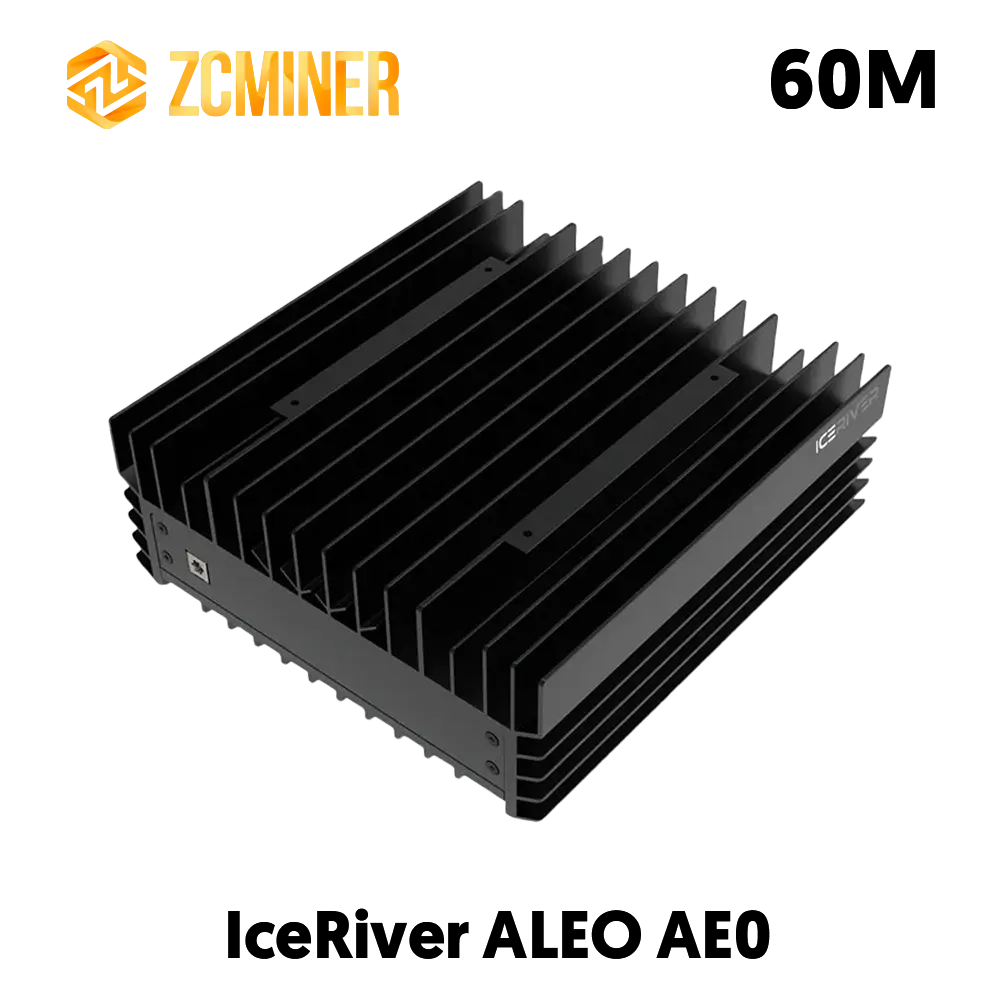As cryptocurrency mining continues to evolve, mining pools have become an essential part of the ecosystem, enabling miners to combine their computational power to increase their chances of earning rewards. One of the critical aspects that miners must consider when joining a mining pool is the payment method used to distribute rewards. Payment methods can significantly impact a miner's profitability and the stability of their income. This article delves into three of the most common payment methods in cryptocurrency mining pools—Pay Per Last N Shares (PPLNS), Pay Per Share Plus (PPS+), and Full Pay Per Share (FPPS)—and explains how they work, their advantages and disadvantages, and what small investors and home miners need to consider when choosing a pool.
Pay Per Last N Shares (PPLNS)
PPLNS is one of the oldest and most widely used payment methods in cryptocurrency mining pools. Under this model, miners are paid based on the number of shares they have contributed to the pool during the last "N" shares leading up to the discovery of a block.
-
How PPLNS Works: PPLNS rewards miners based on their proportional contribution to the total shares submitted within a specific time frame or number of shares (N) before a block is found. If a miner contributes more shares during this period, they receive a larger portion of the block reward. Unlike other methods, PPLNS does not guarantee a fixed payout for every share; instead, it averages out over time based on the miner’s contribution to successful blocks.
-
Advantages of PPLNS:
- Higher Potential Earnings: PPLNS can be more profitable for miners who consistently contribute a significant amount of hash power, especially in pools with a steady rate of block discovery.
- Discourages Pool Hopping: Since payouts are based on contributions leading up to block discovery, miners who frequently switch between pools (a practice known as pool hopping) are less likely to benefit, thus encouraging more stable participation in the pool.
On platforms like Reddit’s r/BitcoinMining subreddit, you’ll often find miners discussing how PPLNS is ideal for those committed to long-term mining. One user mentioned that "PPLNS rewards your patience and steady effort," making it a preferred choice for those who don’t mind some variability in payouts in exchange for potentially higher long-term earnings.
-
Disadvantages of PPLNS:
- Income Variability: PPLNS payouts can be unpredictable, especially in pools with less frequent block discoveries. Miners may experience significant fluctuations in earnings, making it harder to forecast income.
- Less Suitable for Small Miners: For small-scale miners with limited computational power, the variability in payouts can be challenging, as they may go long periods without earning rewards.
This variability has been discussed in various mining forums and articles. For instance, CryptoSlate highlighted that while PPLNS can offer significant rewards, the inconsistent payouts might not be ideal for smaller miners who need a more stable income.
-
Considerations for Small Investors and Home Miners: For small miners, PPLNS may be less attractive due to the potential for income variability. However, those who can maintain consistent hash power and are willing to endure short-term fluctuations might benefit from higher long-term rewards.
Pay Per Share Plus (PPS+)
PPS+ is an enhanced version of the traditional Pay Per Share (PPS) method, offering a combination of fixed payouts for each share submitted and additional payments from transaction fees included in the mined blocks.
-
How PPS+ Works: In PPS+, miners receive a fixed payout for every share they submit, which is calculated based on the network difficulty and the block reward. Additionally, miners also receive a share of the transaction fees from the blocks mined, providing an extra income stream beyond the fixed payouts.
-
Advantages of PPS+:
- Stable and Predictable Income: PPS+ offers the stability of regular payouts, making it easier for miners to predict their earnings. This is particularly beneficial for miners who rely on a steady income stream to cover their operational costs.
- Increased Earnings Potential: By including transaction fees in the payout calculation, PPS+ allows miners to benefit from periods of high network activity, where transaction fees can be substantial.
Many miners on forums like r/CryptoMining appreciate PPS+ for its balance between stability and potential earnings. One miner noted, "PPS+ gives me the best of both worlds—steady payouts with a bit of extra when the network is busy. It’s perfect if you’re running a smaller operation and need to plan your income."
-
Disadvantages of PPS+:
- Higher Pool Fees: Due to the guaranteed payouts and the inclusion of transaction fees, mining pools using the PPS+ model often charge higher fees than those using other methods.
- Risk for the Pool Operator: The pool operator assumes more risk in a PPS+ model, as they must pay miners regardless of whether the pool successfully mines a block. This can lead to sustainability issues if the pool fails to find blocks at a consistent rate.
As noted in a Bitcoin Magazine article, while PPS+ can be attractive due to its predictable payouts, miners should be aware of the higher fees that come with this stability, which can impact overall profitability.
-
Considerations for Small Investors and Home Miners: For small miners, PPS+ offers a balanced approach, providing the predictability of regular payouts while still allowing for increased earnings during periods of high network activity. However, miners should be mindful of the higher fees associated with this method.
Full Pay Per Share (FPPS)
FPPS is another payment method that builds on the traditional PPS model by including a share of the transaction fees from the mined blocks in the payouts, similar to PPS+. However, FPPS calculates the expected transaction fees over time and distributes them along with the fixed payouts for shares submitted.
-
How FPPS Works: In the FPPS model, miners receive a fixed payout for every share they contribute, based on the block reward and an estimated average of the transaction fees. These payouts are distributed regardless of the actual transaction fees collected in each block, providing miners with a consistent income.
-
Advantages of FPPS:
- Consistent Income: FPPS offers one of the most stable income streams among all payment methods, as miners are paid a fixed amount for each share, including an estimated portion of the transaction fees.
- Low Risk for Miners: Since payouts are consistent and do not depend on the pool’s success in finding blocks, miners can expect regular earnings without the risk of fluctuations.
On Reddit, a miner shared their preference for FPPS, explaining that "FPPS is great if you want to eliminate the guesswork. It’s like a salary—you know what you’re going to get, and you don’t have to worry about the ups and downs of the network."
-
Disadvantages of FPPS:
- Lower Overall Earnings Potential: Because FPPS spreads out the transaction fees over all payouts, miners may miss out on high transaction fees that occur during periods of increased network activity.
- Higher Pool Fees: Similar to PPS+, the guarantee of consistent payouts means that FPPS pools often charge higher fees to cover the costs associated with ensuring regular payments to miners.
A recent analysis by The Block pointed out that FPPS is particularly appealing to miners who prioritize income stability over maximizing potential earnings during peak periods, making it a popular choice among those who prefer predictability.
-
Considerations for Small Investors and Home Miners: For small miners seeking stability and predictability in their earnings, FPPS can be an excellent choice. The consistent payouts make it easier to manage operational costs, even though the potential for high earnings during peak transaction periods may be lower.
Choosing the Right Payment Method
Selecting the right payment method is crucial for miners, particularly small investors and home miners who need to maximize their returns while managing risks. Here are some factors to consider when choosing a payment method:
-
Mining Power: Miners with higher computational power might prefer PPLNS for its potential higher long-term rewards, while those with lower power might benefit more from the stability of PPS+ or FPPS.
In a thread on r/cryptocurrency, users discussed how miners with different levels of hash power should approach pool selection. One user recommended, "If you’ve got a decent rig, PPLNS can pay off big time. But if you’re running a smaller setup, PPS+ or FPPS is safer—no surprises, just steady payouts."
-
Risk Tolerance: If a miner can tolerate fluctuations in earnings, PPLNS may be suitable. However, those who prefer stable and predictable payouts may find PPS+ or FPPS more aligned with their needs.
-
Fee Structure: Miners should carefully consider the fees associated with each payment method. Higher fees in PPS+ and FPPS pools can eat into profits, particularly for those with smaller operations.
As covered in CoinTelegraph, understanding fee structures is crucial for maximizing profitability, especially for smaller miners who need to keep costs low.
-
Operational Costs: For miners who rely on their earnings to cover operational expenses, the consistent payouts from FPPS or PPS+ can provide the necessary stability to manage cash flow effectively.
-
Market Conditions: During periods of high transaction volume, methods that include transaction fees, such as PPS+ and FPPS, may offer higher returns. Miners should be aware of current market conditions and choose a method that allows them to capitalize on these fluctuations.
Understanding The Differences
Understanding the differences between PPLNS, PPS+, and FPPS is essential for any miner looking to maximize their profitability in cryptocurrency mining pools. Each payment method has its strengths and weaknesses, and the best choice will depend on individual circumstances, including the miner’s computational power, risk tolerance, and need for income stability.
For small investors and home miners, the choice of payment method can significantly impact their success in the highly competitive world of cryptocurrency mining. By carefully considering the options and aligning their strategy with their financial goals, miners can select the payment method that best suits their needs and helps them navigate the complexities of cryptocurrency networks effectively.










Leave a comment
This site is protected by hCaptcha and the hCaptcha Privacy Policy and Terms of Service apply.